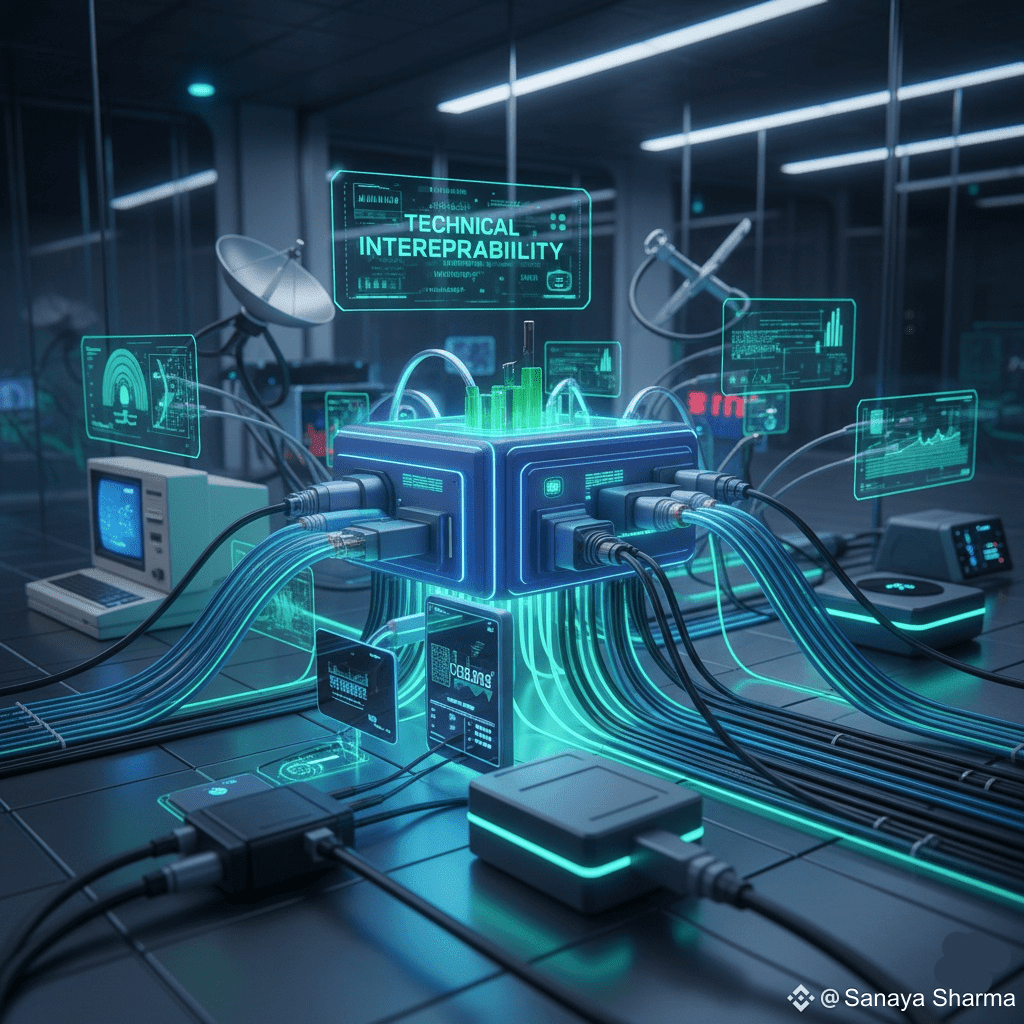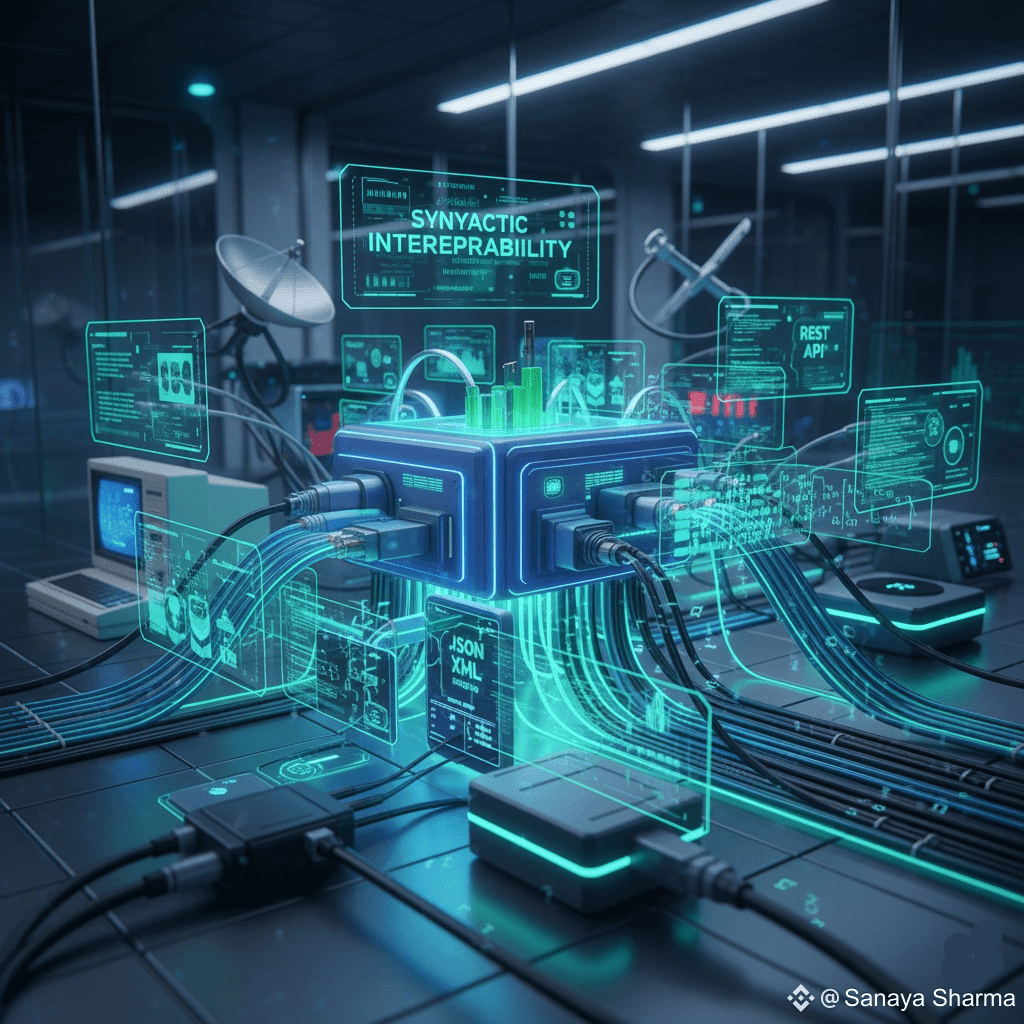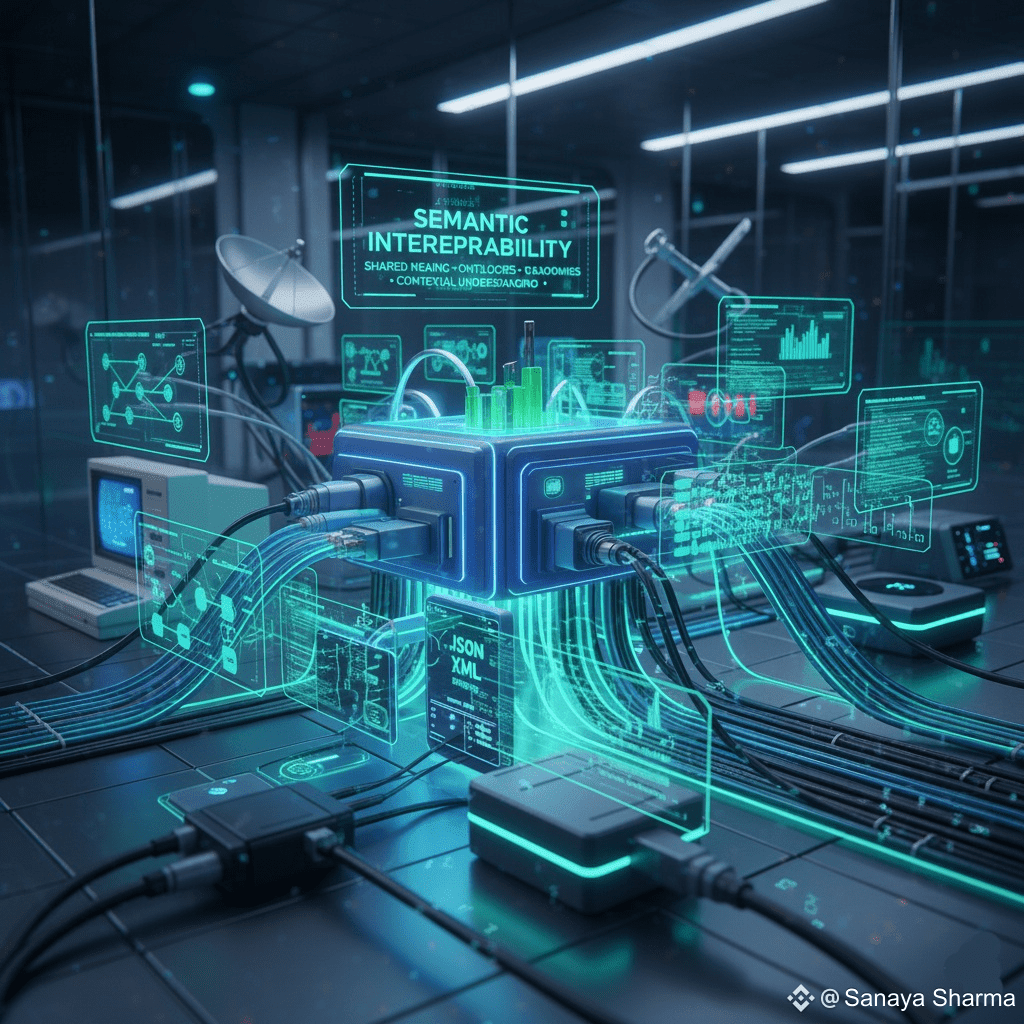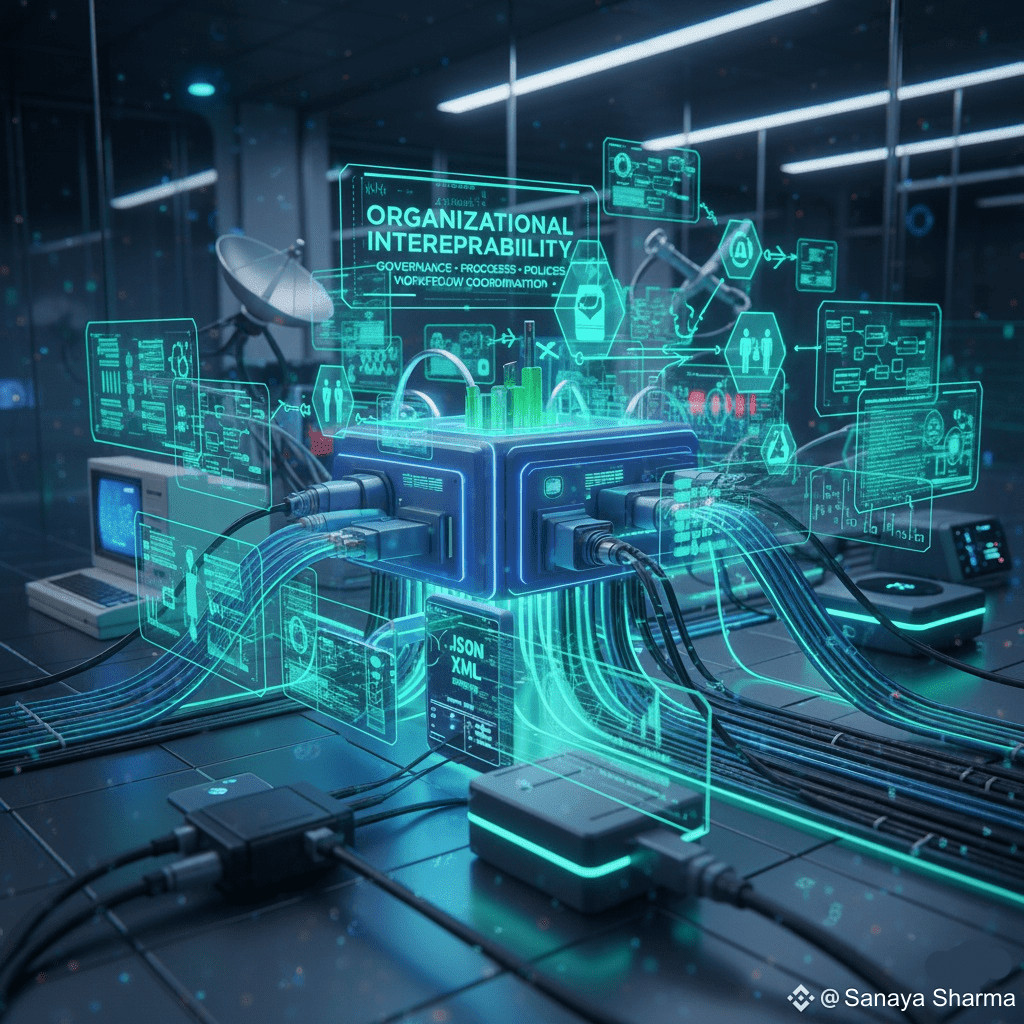Boundless interoperability refers to the seamless and unrestricted ability of different systems, applications, devices, and platforms to communicate, exchange data, and work together without any barriers or limitations. It's an ideal state where technology effortlessly connects and collaborates, regardless of its origin, architecture, or underlying protocols.
Universal Connectivity: Every component can connect with every other component. Data Fluidity: Information flows freely and is understandable across all systems. Protocol Agnosticism: Systems aren't restricted by specific communication standards. Semantic Understanding: Beyond just data exchange, systems interpret the meaning of the data consistently. Dynamic Adaptation: Systems can adjust and reconfigure themselves to maintain interoperability as conditions change.
Technical Interoperability: This is the most basic level, focusing on the hardware and software connections. It ensures that systems can physically communicate and exchange raw data. Think of it like making sure two different types of plugs can fit into the same outlet. 
Syntactic Interoperability: This layer focuses on the format and structure of the data. It ensures that data exchanged between systems can be parsed and understood in terms of its syntax. Examples include common data formats like XML, JSON, or standardized APIs. It's about speaking the same language, even if you don't fully understand the nuances. 
Semantic Interoperability: This is where the meaning of the data is shared and understood across different systems. It goes beyond syntax to ensure that terms, concepts, and relationships in the data have a common interpretation. Ontologies, taxonomies, and standardized vocabularies are crucial here. This is like understanding the true intent and context behind the words. 
Organizational Interoperability: This layer focuses on the governance, processes, and policies that enable different organizations to work together effectively, sharing information and coordinating workflows. It involves legal frameworks, agreements, and trust relationships. It's about people and organizations agreeing on how to work together. 
3. The Vision of Boundless Interoperability:
Imagine a world where:
Smart Homes: All your smart devices, regardless of brand, seamlessly communicate. Your thermostat knows when you're leaving based on your car's GPS, and your lights adjust to your mood based on your calendar.
Healthcare: Patient records follow them effortlessly across different hospitals, clinics, and specialists, leading to better-coordinated care and fewer medical errors. Wearable health devices automatically integrate their data.
Smart Cities: Traffic lights adjust dynamically based on real-time traffic flow, public transport, and emergency vehicle locations. Waste management systems optimize routes based on bin fill levels. All city services are connected.
Supply Chains: Every step of a product's journey, from raw material to consumer, is tracked and optimized across different companies and logistics providers, leading to greater efficiency and transparency.
Global Collaboration: Teams across continents and different companies can collaborate on complex projects using diverse software tools, with all data and workflows integrated into a single, cohesive environment.
4. Technologies Enabling Boundless Interoperability: APIs (Application Programming Interfaces): Standardized ways for different software applications to communicate with each other. Microservices Architecture: Breaking down large applications into smaller, independent services that can communicate via APIs. Cloud Computing: Providing a flexible and scalable infrastructure for connecting disparate systems and data. Blockchain: Distributed ledger technology that can provide secure and transparent data exchange across untrusted parties. IoT Platforms: Designed to manage and integrate data from a vast array of interconnected devices. Semantic Web Technologies (e.g., RDF, OWL): Tools for representing knowledge and data in a way that machines can understand and reason with. Open Standards and Protocols: Agreed-upon rules and formats that allow different systems to communicate effectively.
5. Challenges to Achieving Boundless Interoperability: Legacy Systems: Older technologies that are difficult and expensive to integrate. Proprietary Formats: Companies often use their own data formats and protocols, creating silos. Security and Privacy Concerns: Sharing data broadly raises significant issues around who has access and how it's protected. Data Governance: Establishing clear rules and responsibilities for data ownership, quality, and usage. Lack of Universal Standards: The sheer number of existing standards and the difficulty of getting everyone to adopt a single one. Cost and Complexity: The effort and resources required to design, implement, and maintain highly interoperable systems. Despite the challenges, the pursuit of boundless interoperability is a driving force in technological innovation, promising a future where technology works seamlessly together to create more efficient, intelligent, and interconnected experiences.

